
Tag Archives First We Eat

Canadiana classics, Part 1: Nanaimo bars
First We Eat: This favourite has been around for years and was likely developed by a member of the Nanaimo Hospital Auxiliary
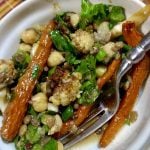
Was the planting of lentils by an early immigrant family the forerunner of today’s crops?
First We Eat: In 2020 Canadian-grown lentils generated over $2 billion in export sales

Why do we cook?
First We Eat: Cooking needn’t be just a chore we do every day – it could help us improve our metal health and well-being

Southeast Asian foods — Part 2: Try Thai
First We Eat: Thai cuisine offers contrasts in tastes, textures and temperatures
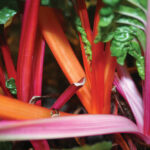
South Asian favourites — Part 3: Vegetables take centre stage
First We Eat: The combination of warm spices and vegetables makes for tasty cuisine
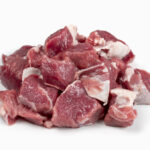
South Asian favourites — Part 2: Learning to love lamb
First We Eat: Lamb consumption is on the rise in Canada so it may be easier to find a local producer
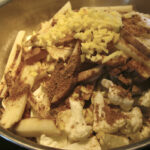
South Asian favourites — Part 1: Pakoras
First We Eat: To start off, try these vegetarian appetizers — fritters served with chutney
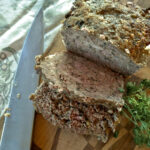
Becoming a better cook — Part 2: The taste of umami
First We Eat: This Japanese word has various translations such as ‘savoury’ or ‘deliciousness’
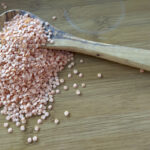
What is a ‘chameleon’ dish?
First We Eat: Take a basic recipe and change it up by adding different veggies and spices for a whole new taste

Similarities of fishers and farmers
First We Eat: There are many parallels between these two professions including the next generation hesitant to carry on with the family business


